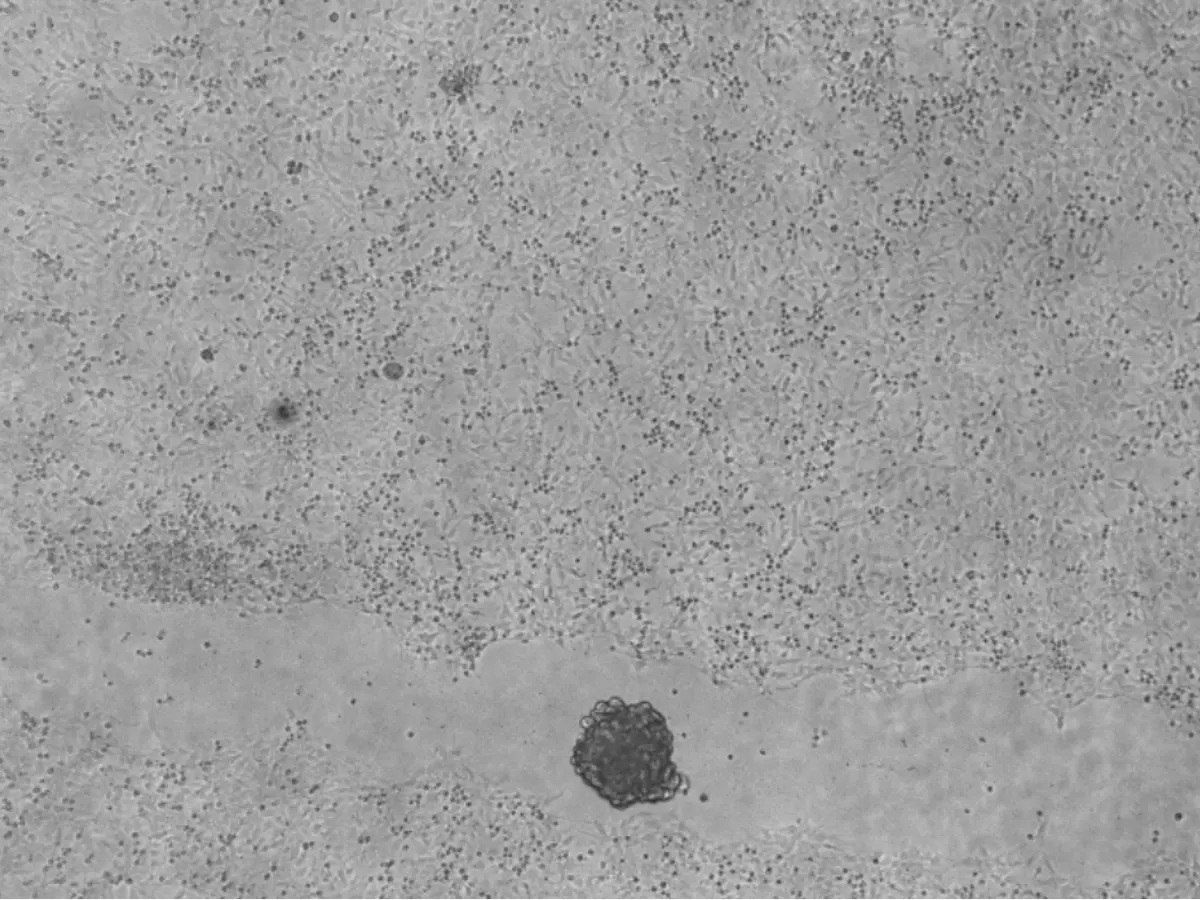Scientists Create Tiny Robots Called 'Anthrobots' From Human Cells
The anthrobots didn't have a full life cycle while alive, according to study author Michael Levin, Vannevar Bush professor of biology at Tufts¡¯ School of Arts & Sciences.

Scientists have created tiny living robots from human cells. According to a team at Tufts University and Harvard University¡¯s Wyss Institute, the robots are able to move around in a lab dish and one day may be helpful in healing wounds or damaged tissue.
A new study builds on earlier work from some of the same scientists who created the first living robots called xenobots. Those were created from stem cells that came from the embryos of the African clawed frog.
 Gizem Gumuskaya Tufts University
Gizem Gumuskaya Tufts University
What are the tiny living robots?
The recent robots are being called anthrobots by scientists. The anthrobots didn't have a full life cycle while alive, according to study author Michael Levin, Vannevar Bush professor of biology at Tufts¡¯ School of Arts & Sciences.
Scientists used adult human cells from the windpipe from anonymous donors of different ages and sexes to create these anthrobots. Researchers chose this type of cell because they're easy to access due to the work on Covid-19 and lung disease.
Also read: World's First Humanoid Factory Will Create 10,000 Robots A Year
The tracheal cells are covered with hairlike projections called cilia that wave back and forth. They help tracheal cells push out tiny particles that find their way into air passages of the lung, CNN explained.
 Tufts
Tufts
How were the robots created?
Study coauthor Gizem Gumuskaya, a doctoral student at Tufts, saidthat they experimented with the chemical composition of the tracheal cells' growth conditions. They found a way to encourage the cilia to face outward, towards what's called the organoids. Once the right matrix was found, the organoids started moving.
In their method, each anthrobot grows from a single cell and no two anthrobots were identical. While some were spherical and fully covered in cilia, others were football-shaped and covered irregularly with cilia.
Also read: New Sensor Enables Mind Control Of Robots: A New Era In Brain-Computer Interfaces
Some moved in straight lines, others in tight circles, while many others just sat around and wiggled, according to a news release. Such robots were able to survive for up to 60 days in a lab condition.
 Tufts
Tufts
In the long run, the goal of such studies is to find whether anthrobots may have medical applications. To assess the same, researchers studied whether the anthrobots were able to move over human neurons grown in a lab dish. These neurons were "scratched" to cause damage.
They found that anthrobots encouraged growth in the damaged region of the neurons. The study notes that scientists don't fully understand the healing process yet. The research was published in the journal Advanced Science on Thursday.
What do you think about this fascinating study? Let us know in the comments below. For more in the world of technology and science, keep reading Indiatimes.com and click here for our how-to guides.
